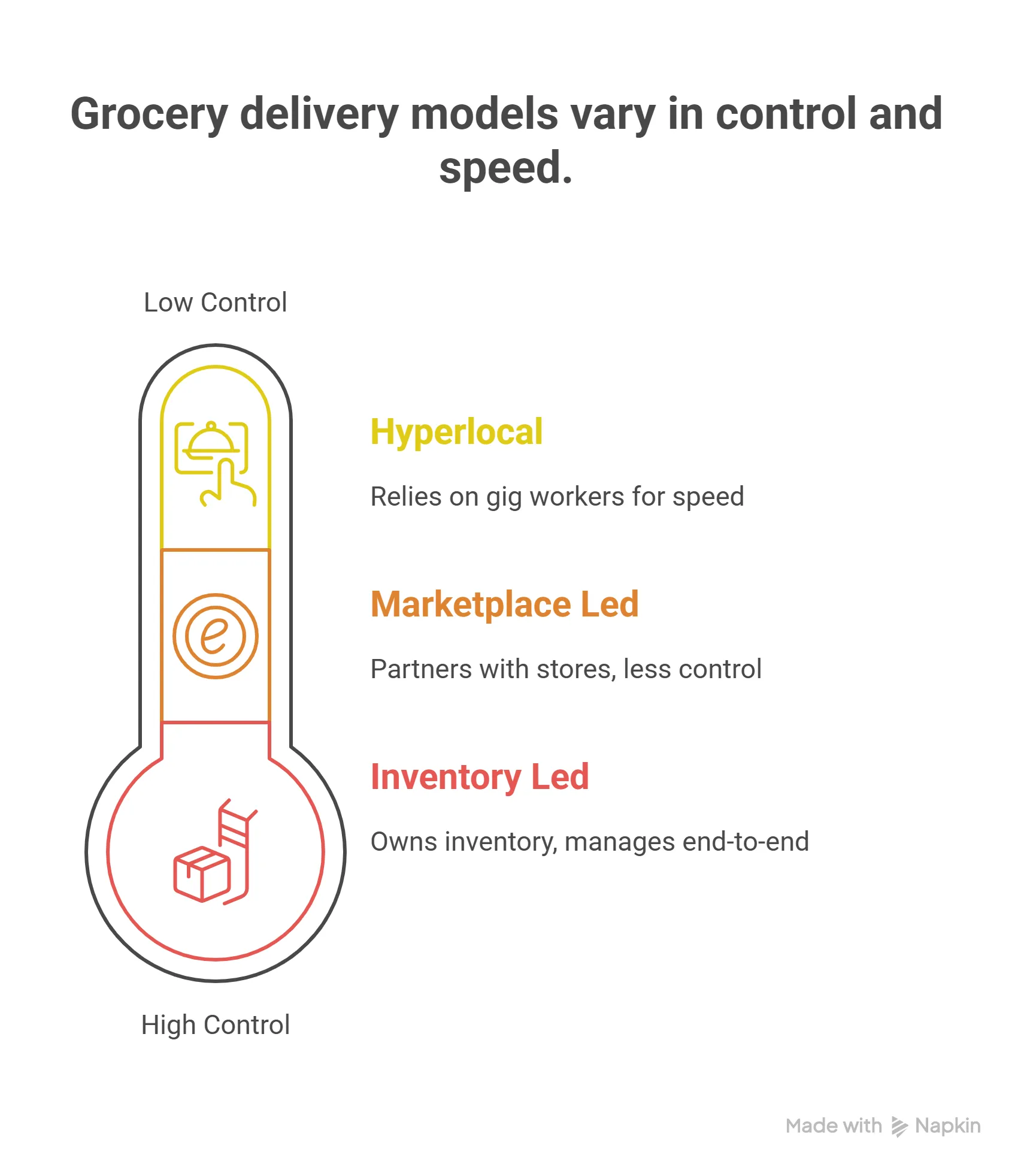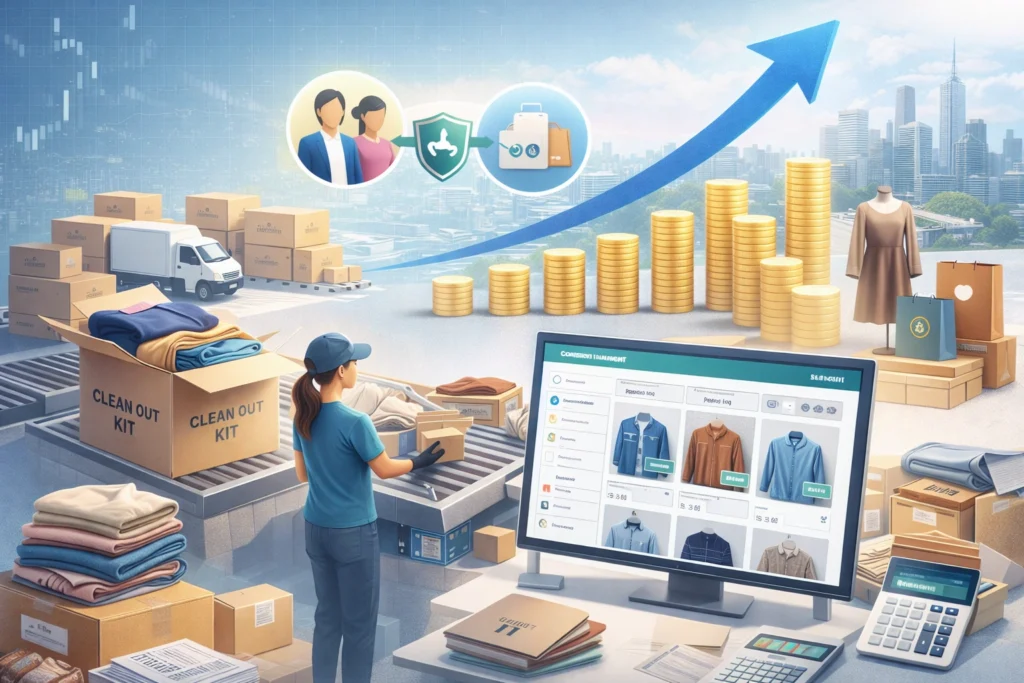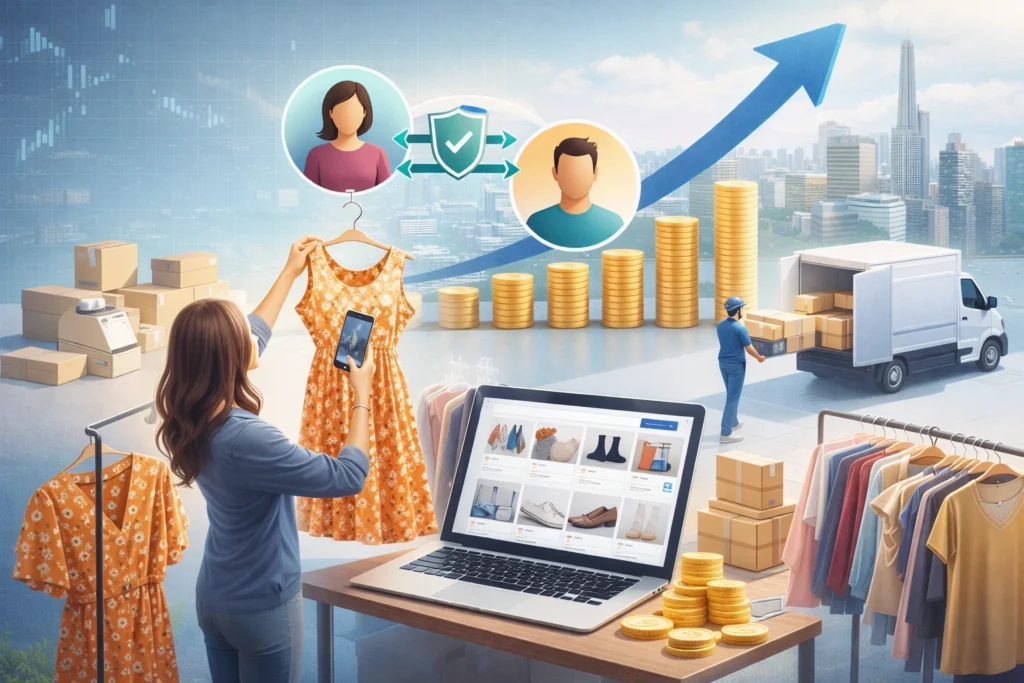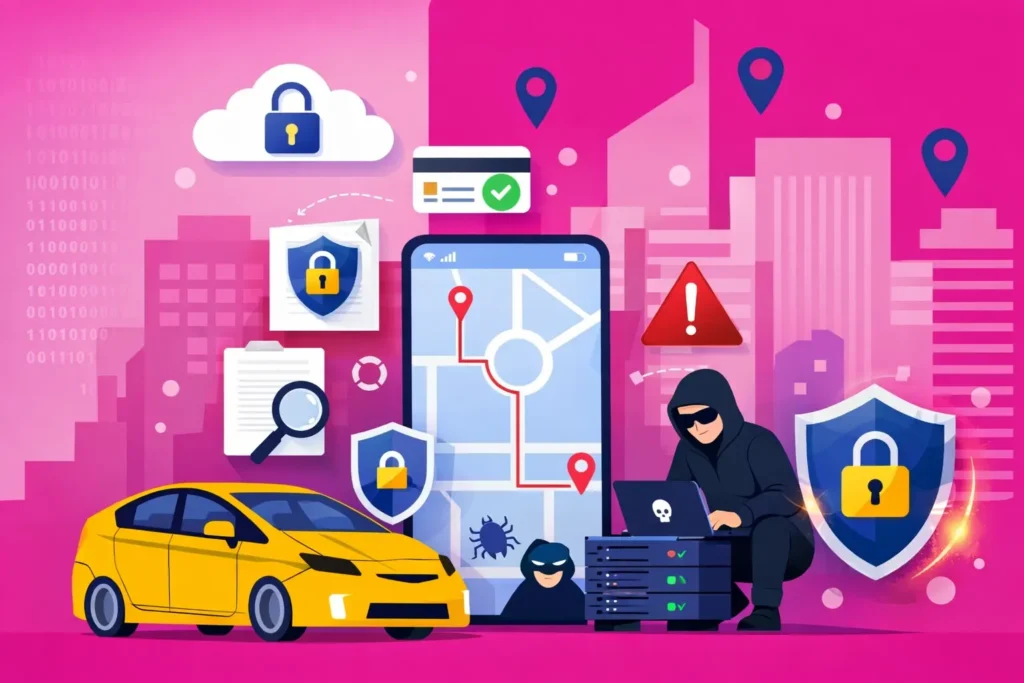Remember the days of scribbling down shopping lists, trudging through traffic, and dragging overloaded carts through checkout lines? Yeah, no one misses that. In 2025, the humble grocery trip has transformed into a few taps on your phone. With urban hustle, work-from-home trends, and the “I need it now” mindset of modern consumers, online grocery delivery isn’t a luxury anymore—it’s a lifestyle.
Whether you’re an aspiring entrepreneur or a digital native hungry for your next venture, the online grocery space is ripe for disruption. Why? Because even giants like BigBasket or Instacart can’t cover every niche, every pin code, or every regional demand.
The question is: can you create the next big thing in grocery tech? If you’re nodding, Miracuves might just be the rocket fuel to your launchpad.
Understanding the Online Grocery Delivery Model
An online grocery delivery platform enables users to browse, order, and receive grocery items without stepping out. It’s not just e-commerce; it’s logistics, inventory management, and customer experience wrapped into a smartphone interface.
Types of Models to Consider
- Inventory-led (like BigBasket): You manage stock and warehouses.
- Marketplace-led (like Instacart): Partner with local stores and provide delivery.
- Hyperlocal delivery (like Dunzo, Blinkit): Quick delivery within a 2–10 km radius.
Read more: Business Model for On-Demand Hyperlocal Delivery Service
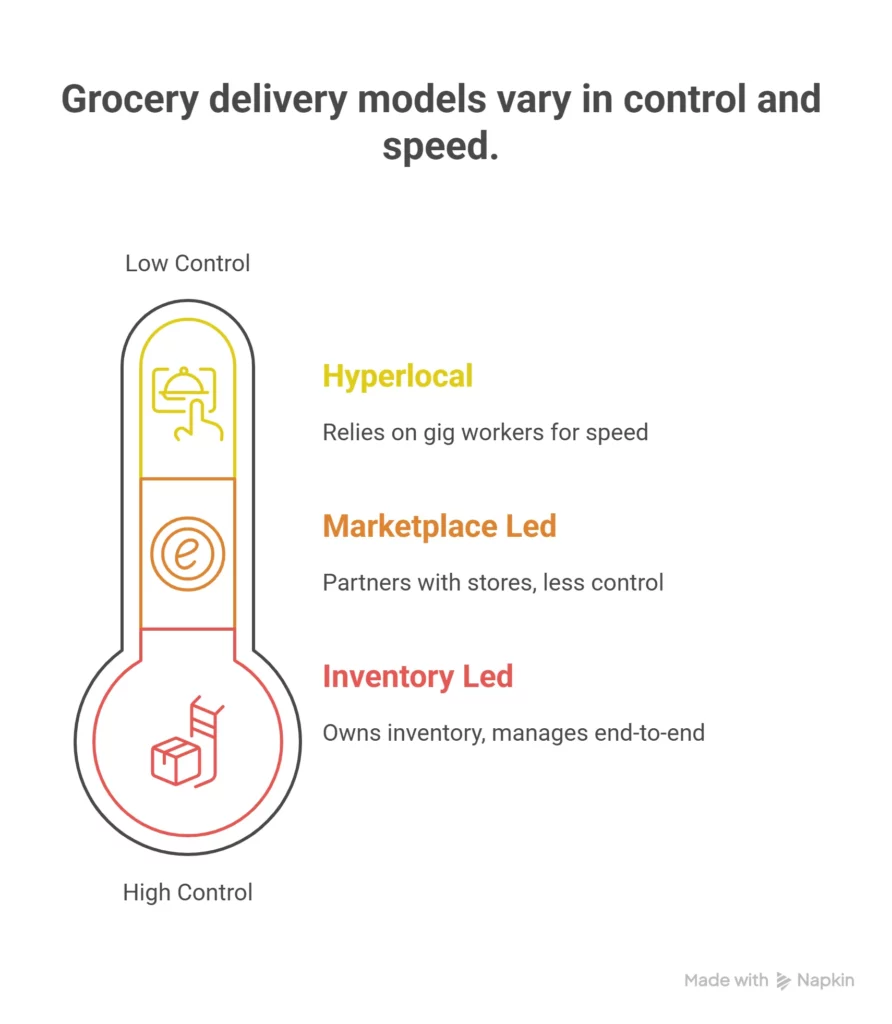
Top Online Grocery Delivery Players (And What You Can Learn From Them)
BigBasket (India)
India’s leading player, known for a wide SKU range and in-house brands. Operates on an inventory-led model.
Instacart (USA)
Aggregator model working with major supermarkets like Costco. Known for seamless UX and batch delivery.
Blinkit (India)
Hyperfast, 10-minute delivery. Focuses on impulse buys and urgent needs.
FreshDirect (USA)
Targets health-conscious urbanites. Premium pricing, excellent quality control.
HappyFresh (SEA)
Localized offerings, multilingual interface, and regional partnerships.
Steps to Start Your Grocery Delivery Business
1. Identify a Gap or Niche
Think vegan-only groceries, or Tier-2 city services. Find a unique angle.
Read more: Top 10 Ideas for Organic Grocery Delivery Business Startups in 2025
2. Choose Your Business Model
Your logistics, partnerships, and pricing will depend on this. Start lean and scale.
3. Legal & Licensing
Register your business, secure food distribution licenses, and comply with FSSAI or regional standards.
4. Partner With Stores (or Build Your Inventory)
Talk to Kirana shops, organic farms, or wholesalers. Integrate their catalog.
5. Build the App
Now here’s where it gets fun (and tricky). Your app should:
- Offer real-time tracking
- Show live inventory
- Support multiple payment methods
- Include smart search & filters
Don’t want to start from scratch? Build your own FreshDirect Clone with Miracuves’ scalable solutions.
Read more: How to Develop a Grocery Delivery App
Monetization Models That Actually Work
Delivery Fee + Surge Pricing
Charge a base fee and increase it during peak hours.
Subscription Plans
Let users pay monthly for free delivery or priority slots.
Commission From Partner Stores
Take a % of every sale.
In-App Ads
Offer premium visibility to brands.
Read more: Revenue Model for Grocery Delivery: Navigating the Profit Path in 2025
Features You Shouldn’t Miss
- Geo-tracking for deliveries
- Smart recommendations based on past orders
- Multi-lingual UI for regional targeting
- Voice search integration
- Referral system to boost user acquisition
Challenges to Prepare For
- Perishable logistics: Quick turnover and cold-chain management
- Stock syncing: Real-time inventory updates
- User trust: Ensuring quality & delivery reliability
- Scaling in non-urban areas: Sparse density, poor infrastructure
But guess what? Most of these can be pre-solved when using a well-developed clone base like Miracuves offers.
Conclusion
The online grocery boom is far from over—if anything, it’s just getting juicier. With the right mix of tech, timing, and tenacity, you can build a solution that becomes a staple in households across your region. Think beyond groceries; think user habits, recurring revenue, and community trust.
Miracuves empowers bold thinkers to bring game-changing ideas to life with launch-ready app clones that are quick to deploy, easy to scale, and built for business. Dreaming of your own grocery delivery empire? Let’s make it happen.
FAQs
Q1. How much does it cost to build a grocery delivery app?
It depends on features and scale. MVPs can start around $10K, but clone solutions reduce costs drastically.
Q2. What features are essential for such apps?
Real-time tracking, smart filters, live inventory, secure payments, and geo-based delivery systems.
Q3. Can I start without my own inventory?
Absolutely. You can partner with local stores and follow the aggregator model.
Q4. What are the biggest challenges?
Logistics management, user trust, and real-time inventory syncing
Q5. How can I market my app?
Social media campaigns, referral bonuses, local influencer tie-ups, and targeted ads work well.
Q6. Is building a clone app a good idea?
Yes, especially with trusted partners like Miracuves. You save time, money, and avoid technical hassles.



